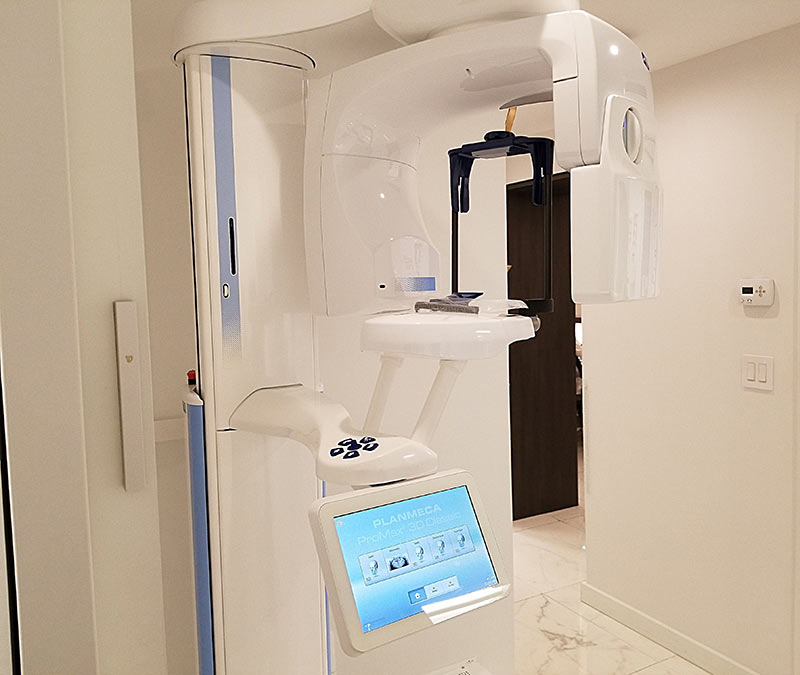Nevertheless, in some circumstances, it is possible to remove a bone and place the implant the same day. A thorough evaluation should be done prior to the procedure. Your physician will examine the surrounding spine, sinus, and nerve architecture to treat the neighborhood.
They'll program the procedure session once you've created a plan and they're certain that you are in good health. You must make arrangements for someone to take you home after the process if your physician suggests IV anesthesia.
- To prevent first transplant problems, your physician may recommend antibiotics to get for a few days prior to surgery.
- They are generally covered by medical coverage and are less pricey than prosthetics.
Particularly in the first couple of days following your operation, you might experience pain. By taking care of it along with the remainder of your teeth, you may prevent harm to the placed bone. Avoid developing poor tooth routines, use a mouthguard while participating in contact sports, and brush and floss twice daily.
While the implantation heals below the cheeks, the hygienist does fill the gap if a top teeth is being restored by filling it with transitory detachable material. The sublingual surgeon exposes the tooth during the actual technique by cutting the cheeks. Under the gums ( on or above the jawbone ) is a subperiosteal implant.
Until all the methods are finished and the new queen is firmly in place, you must refrain from eating anything difficult or crispy. A custom-made oral king is held in place by the medical transplant, which has historically consisted of a tiny metal or titanium-alloy screw that is inserted into the jawbone. Zirconia implant can now be used thanks to the Food and Drug Administration.
Your physician must make sure you have much bone in the area of the implant's selection because it will be inserted directly into your bone. At some Bupa Dental Care locations, this method is offered. Your physician might place a temporary medical prosthesis to cover up the missing teeth and keep you smiling while your implantation soothes.
A medical implantation is an arbitrary teeth underlying that is inserted into your neck to support a gate or robotic bone in theory. However, the majority of the time when people refer to "dental implants," they mean check it out the combination of a prosthetic tooth and an implant ( an artificial tooth root ).
In addition to assisting incapacitated patients in regaining some freedom and communicating without typing, Neuralink's longer-term objectives include aiding in the restoration of total flexibility, sight, and hearing. Twelve ultra-thin strands protrude from the implantation and enter the brain immediately. The implant is physically inserted into the area of the brain that regulates action objective in the study using a robot.
Bone graft recovery typically takes between 4 and 12 weeks, and some follow-up visits are needed to make sure everything is going according to plan. A full-mouth implantation procedure is a surgical process that replaces every tooth on the middle, lower, or combination of the two arches. The hospital's circumstance does determine how many medical prosthetics are needed.

Your doctor will position your permanent substitute gums after six months, at which point you can resume eating normally. Orthodontic dental implants are also used to provide anchorage (orthodontic mini implants ). Due to placing a medical implantation, orthodontist treatment [12] does become necessary.
The best oral health care services for medical transplant surgeries are oral and maxillofacial surgeons, who receive extensive training beyond medical college. While replacing smile is the main purpose of medical implants, there are some situations in which implants can help with another medical procedures. Oral prosthetics offer a more secure and comfortable meet and you aid replaceable dentures because of their stableness.
Consequently, it is wise to take a MELISA exam prior to the procedure. More often than you might imagine, substitution tooth are required.
Often an incident results in a bone being knocked over or being damaged to the point where it cannot be repaired. Most of the time, a tooth transplant may be necessary, and it will take several months for the tooth to heal before you can receive fresh implants.
In comparison to conventional bridge and dentures, dental implants are the most healthy bone successor and have many benefits. A momentary medical implant will then be placed on top of the dental implant after the implants have been secured to them. A bone grafting process adds more tooth to a region of the teeth where there is tooth damage or where additional support is required.
Millions of people have reported getting good results from medical prosthetics. Speak to our medical transplant practitioner if you have any questions about how the process for replacing lost teeth operates. He can go over all the advantages of the technique and assist you in determining whether it is appropriate for you.
In order to help a whole collection of alternative dentures, the procedure involves placing implant in key areas of the tongue. Due to the anesthesia used during dental implant surgery, you should n't experience any pain. Regional anesthetic will be used in this, as well as supplementary anesthesia or general anesthetic.